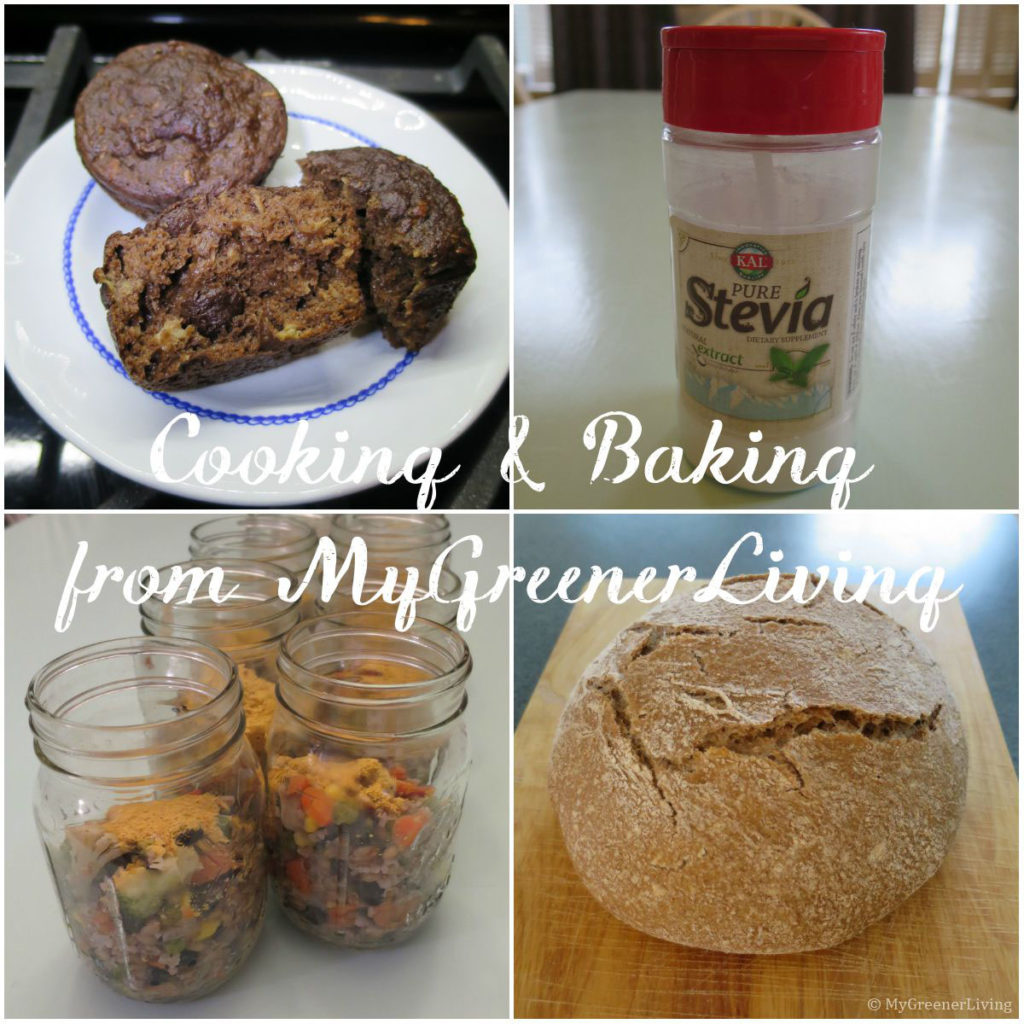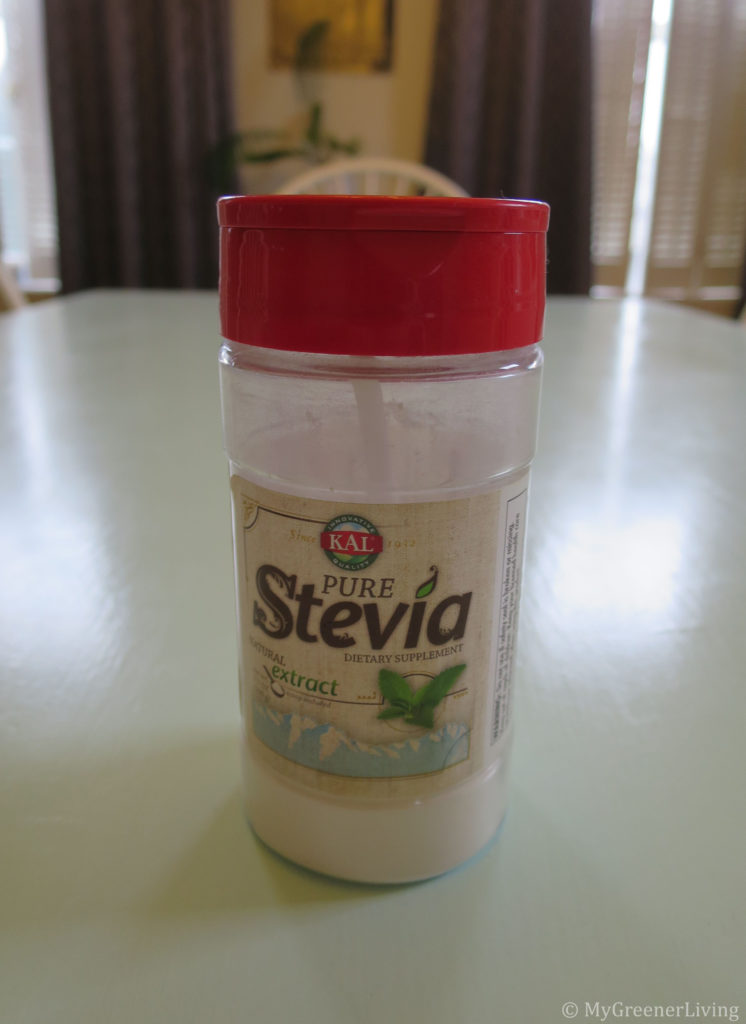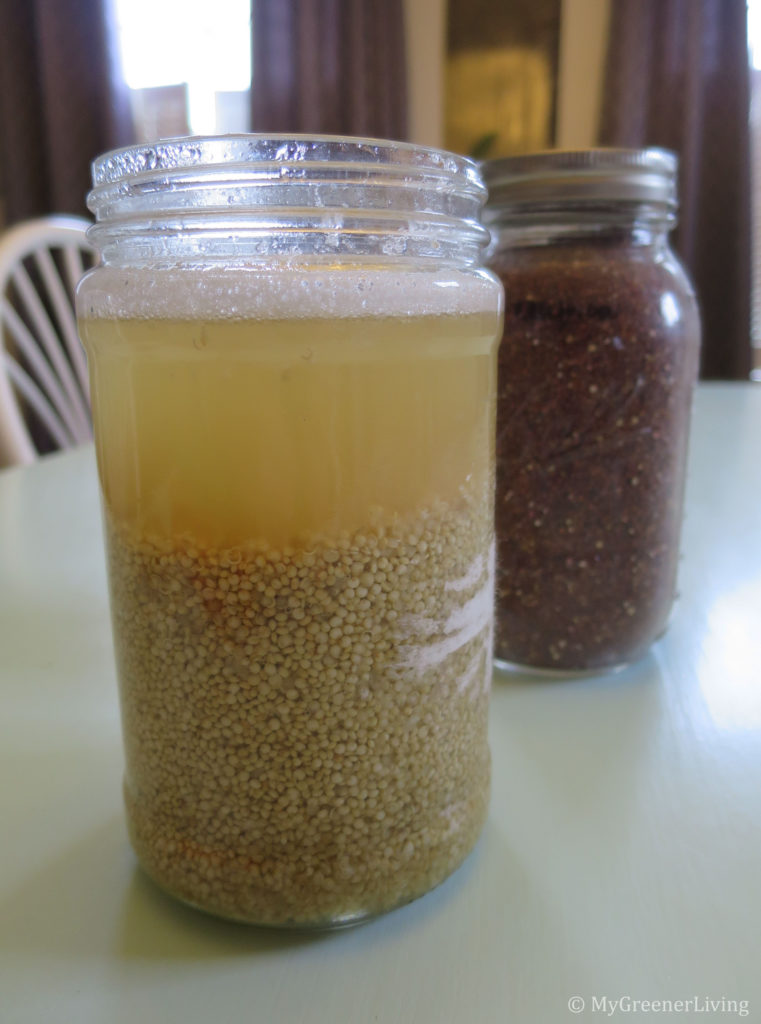Pretty much everyone likes food, right? I know I do! So far, I have barely scratched the surface of food and recipes on this blog. But that is about to change. I have gotten several requests to share food recipes and how food and meal prep fits into my frugal lifestyle. You are in luck. I love cooking and baking, and am excited to share my recipes and tips with you!
Disclaimer: This post contains affiliate links. See my Disclosure Policy for more information.

First, a few things about my cooking and baking:
Vegetarian cooking
I am a vegetarian, so most of my recipes will be vegetarian. I am not vegan but often substitutions can be made in my vegetarian cooking recipes.
Healthy baking
Is healthy baking even possible? That is debatable. Everyone has a different definition of “healthy,” so you will have to use your own discretion. In my “healthy” baking, I aim to reduce or eliminate added sugars, avoid artificial sweeteners, add protein, and reduce what I consider “bad fats” (such as vegetable oils).

I like to use pureed dates as a natural sweetener, and I often substitute about half of the sweetness in a recipe with stevia, a highly concentrated natural sweetener that comes from a plant. This small container of Kal brand pure stevia extract powder and has lasted me about 3 years. I typically remove about half the added sugar recommended in recipes, and replace with stevia. For each cup of sugar removed, I add about 1/2 teaspoon of pure stevia extract powder. That’s right: I feel that the sweetness from 1 cup sugar = 1/2 TEASPOON pure stevia powder. That’s how the tiny jar lasts so long for me!

Soaking nuts, seeds, and grains
I soak most of my nuts, seeds, and grains before consuming. I follow a soaking process to reduce the amount of phytic acid in my foods. Put simply, phytic acid is present in all seeds, grains, and nuts. It makes it so our bodies cannot absorb all the great nutrients present in these foods. This is particularly relevant to people who are iron deficient, and to vegetarians, since humans don’t produce enough of the enzyme needed to break down the phytic acid. Basically, when I soak my seeds, nuts, and grains before eating them, it allows my body to get the most nutritional benefit from my food.
Here’s the more scientific explanation. Phytic acid is naturally present in seeds, grains, and nuts – foods that we eat that are the “seed” part of plants. I think it’s a great adaptation that these plants have evolved to protect themselves. Phytic acid prevents the seed part of the plant from starting to grow until it is in the ground. It also binds to nutrients like iron, zinc, manganese, and calcium, so when that seed does begin to germinate in the ground, it has the nutrients it needs to grow healthily. This means our bodies can’t absorb all the great nutrients from the “seed” without the presence of phytase, an enzyme needed to break down phytic acid. Soaking, sprouting and fermenting allows the enzyme phytase to break down some of the phytic acid, therefore reducing the amount of phytase that enters the body when these foods are eaten.

Important Note:
There are also benefits to phytic acid, so you should evaluate your own health and needs to determine if soaking grains, nuts, and seeds is something that you want to do.
If I was NOT vegetarian, I probably would only soak the foods that I regularly eat without eating meat at the same time – like nuts/peanuts (for snacking and making peanut butter) and bread.
For more information:
There are a lot of great articles and posts that explain more about phytic acid. If you’re interested in learning more about this, I recommend reading the articles from the Weston A Price Foundation, Precision Nutrition, and The Nourishing Home.
This article from the Weston A. Price Foundation talks in depth about preparing foods for consumption with reduced phytic acid, and I use both this page and The Nourishing Home as references when I am soaking my nuts, seeds, and grains.
Check back tomorrow for my first recipe: mixed grain and veggie casserole.
Do you have questions, requests, or tips relating to cooking or baking? Please share in the comments below!
